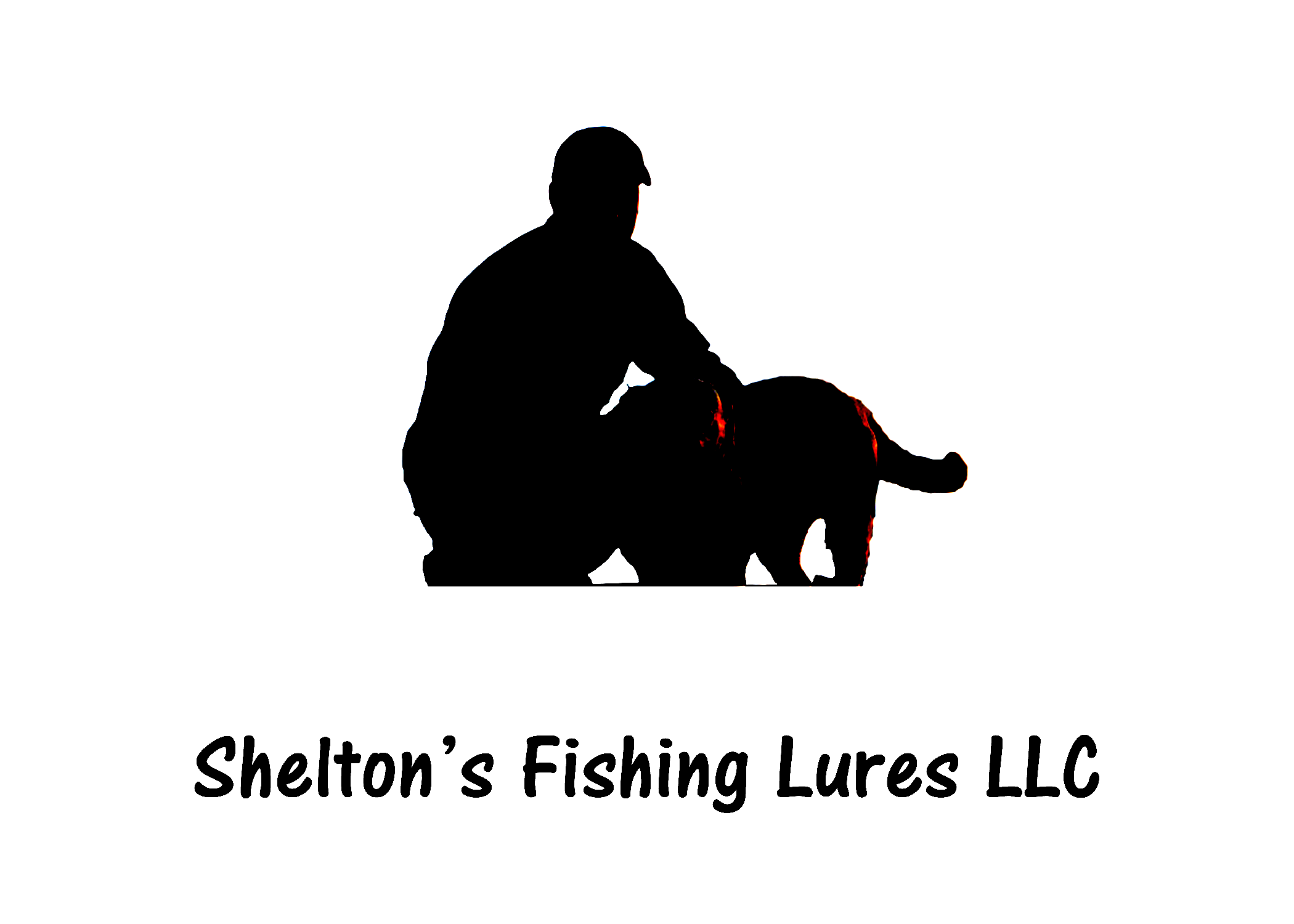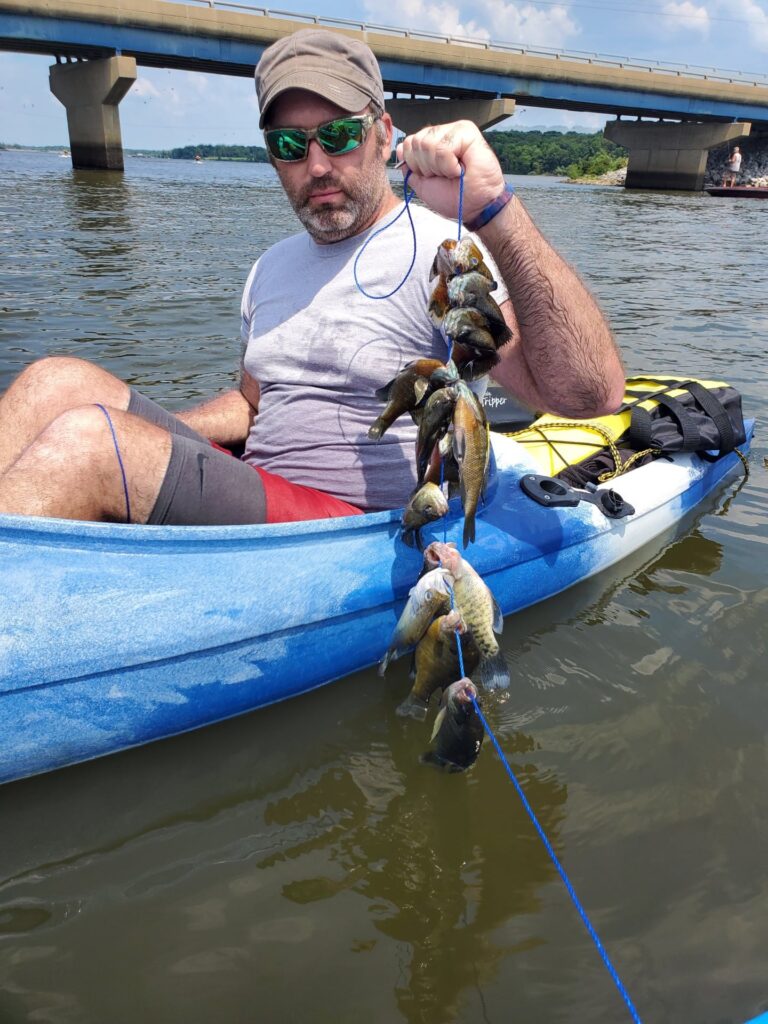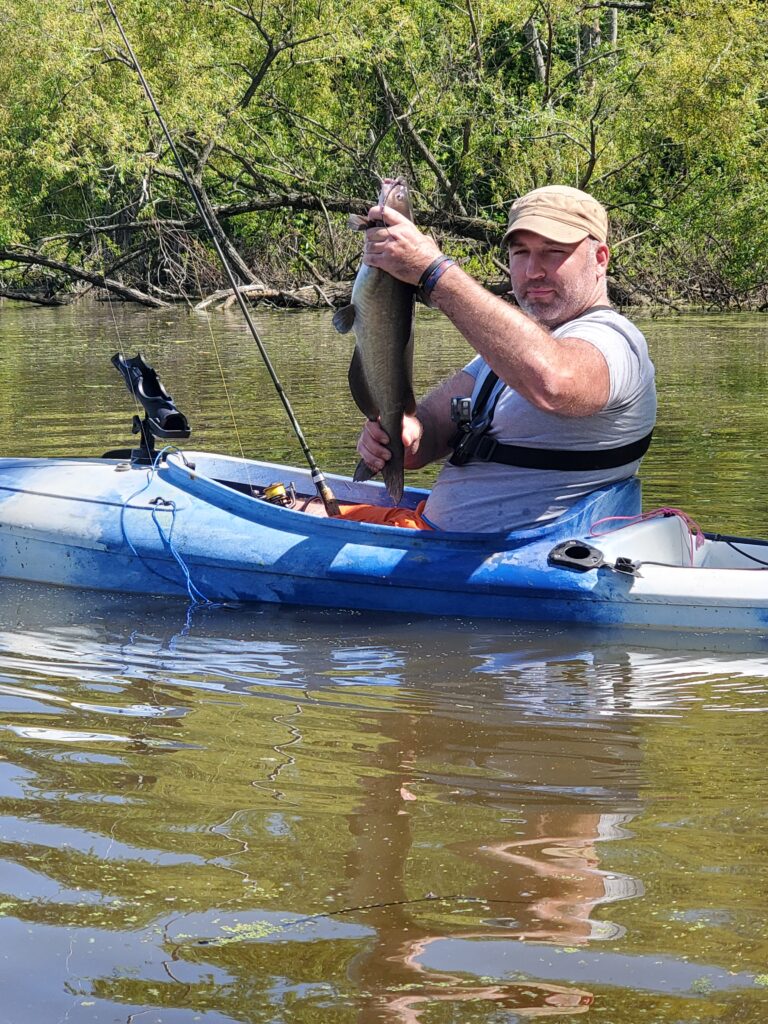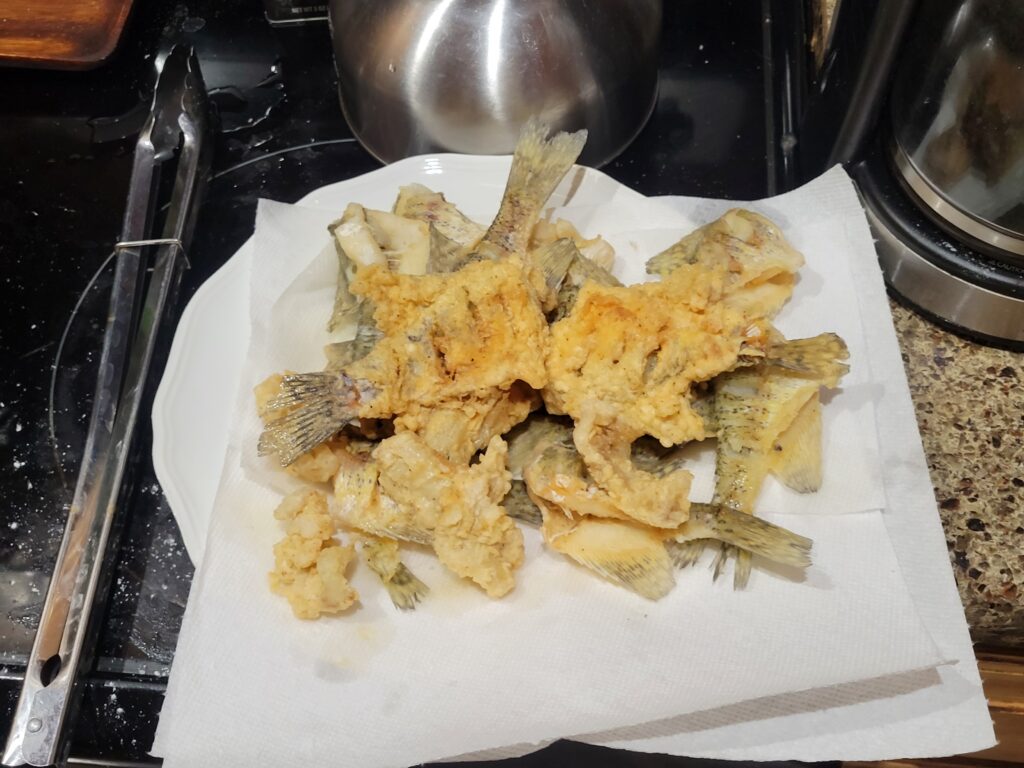Crappie, Tips and Tricks
2 Crappie Jigs Vs. One? The Great Debate
Are Two Jigs Better Than One?
Well that’s a loaded question! One that can be argued in favor one way in the morning and, then be proven wrong in the evening. The arguments against it tend to be…
-
“I catch just as many fish with one jig as I do two“
-
“You’ll just get hung up twice as much“
-
“It’ll cost you much more money when you get hung up”
The arguments for two jigs are…
-
“You can see what color is working better with two jigs”
-
“You can use different style jigs”
-
“It’s possible to catch two fish at once!“
I can sympathize with each and have tried to develop a hybridized way to fish each way and feel confident I’ve narrowed down the situations when one will out duel the other when chasing crappie!
The Single Jig Has Pretty Obvious Advantages
With electronics today, most of us don’t even lower our lines into the water until we are directly over a brush pile, log, or stake bed. In which case you’re instantly into the wooly stuff and getting snagged up. One jig can be freed up really easily while two is almost guaranteed to be snapped off.
Using a single presentation always creates more action with the jig. If you use two jigs you typically get only half the movement and lifelikeness you’re looking for when enticing crappie. When fish aren’t biting well this can really hurt your chances at a limit and opting for only one jig may improve your odds!
The Single Jig Also Has Disadvantages
Sometimes it’s really difficult to get down deep to the fish unless you’re using a heavy jig head, in which case, the fish may not be keying in on. You also will have difficulty feeling your jig down deep and may miss several bites.
Take into consideration the thousands of color combos out there it can take a really long time to figure out exactly what the fish are keying in on and fishing to me is all about optimization!
If You’re Going to Use A Double Jig Head Rig Be Aware!
If you’re new to crappie fishing please hold off on this rig until you feel you’ve mastered using a single jig head. The costs can add up quickly when you start getting hung up and frustration’s can set in delaying your growth as an angler.
The most obvious disadvantage is you’ll likely lose both jigs when you get hung up. A really good tip I have is to tie a lighter line to your bottom jig since it is likely the one to get caught up on a snag. If you’re casting with 6lbs test line then use 2lbs on your bottom jig.
More times than not you will only break off the bottom jig but there’s a double edged sword. The majority of bites come on the bottom jig so you could be putting yourself at risk of losing the fish and the jig if you hook a slab!
The Advantages To Using Two Jigs
With more than fifty styles of jigs as well as a million color combinations, having two jigs will help key in on the profile and color that the fish want. You can also help determine the fish’s depth. I will add on some great tips for using a two jig setup after I’m done setting the stage here.
Now it is possible to catch two fish on two jigs and I usually do once or twice a year, but this has nothing to do with the main reason I start my search on any new lake with two as opposed to one.
My Approach When Visiting A New Lake
When fishing out of a boat I usually go for a vertical jigging method. Unless I’m fishing visible structure you will usually see me fishing two jigs, especially on the first day. I’m always willing to sacrifice my early morning to find out what profile and color the fish are attacking.
When tying the two rigs and as long as I’m fishing in less than 20 feet of water, I will make sure my top jig head is a 1/32oz and often times a Tube Jig Head while using a tube jig in a color combo that features part shad and a hard color, like a red, blue, or yellow.
For the bottom I will tie on a 1/16oz minnow style jig head and start off with a curly tail. If the water is extremely clear I might go down to a stinger style jig. Make sure that the colors are the exact opposite using a softer color like a pink, green, or purple, and then more times than not, using chartreuse on the tail.
It’s really important to make sure there’s distance between the two jigs. I won’t use a double rig without there being at least a foot in between and I prefer eighteen inches. The reason for the difference is two fold.
- I can determine the depth
-
I can hone in on the right action and color
About 80% of the time the bottom jig will produce the fish. If I see that number slipping down to 50% or under I know it’s time to change out my bottom jig because the fish are bypassing one to get to the other. This tip right here is worth its weight in gold and is the reason why we keep so many different jigs on hand. It really does make a difference!
Now let’s say my top jig is a pink and pearl combo and the bottom is purple with chartreuse and I keep getting hit on my top. To start narrowing down the right color, take the pink one and placing it on bottom and subbing in another color combination with perhaps a red and white to see if you can find out which color the fish preferred. If you’re confuse go back and re-read that last paragraph. It will pay off in spades!
Why The Spacing Between Jig Heads Are So Important When Using Two
Remember, two jigs give up a lot of action that you could be getting with one, so color, depth, and style are all we’re really after here. I admittedly have spent a lot of time using live scope this year and am amazed at how crappie really react to baits.
I’ve noticed when using two jigs, I will lower the bottom one into the brush pile leaving one suspended above, and during the summer I’ve watched so many fish ignore the one in front of their faces and go for the top!
Why is this? I’m not certain, but my guess would be that a fish looking down or parallel to a jig can get a better visual on the bait because the sun is lighting up its silhouette as opposed to looking up and just seeing something that fits the profile of a minnow. It would be no different then us looking up at something that is partly blocked by the sun as opposed to looking down. This makes the most sense to me.
Putting It All Together When Using Two Crappie Jigs
Let’s Review!
- Separate your two jigs by at least a foot
- Use opposite colors and styles
- If your top jig starts catching the most fish change out your bottom immediately!
After I have my correct size, color, and profile of jig I will continue fishing two jigs as long as I can get away with it. If I happen to come upon a brush pile that is taking too many of my jigs, then I will move down to the single setup that worked best for me when fishing with two. You will likely now get a few extra bites because one jig can provide much more action dancing in the current, or fluttering there, instead of being stiff like a board.
Conclusion
There is never a one size fits all in fishing. That’s why we as anglers have to continue to develop our skills and perfect our craft. Both sides of the coin have valid arguments but if you’re able to narrow down the presentation then you’re going to have the best chance at filling your fish basket!





